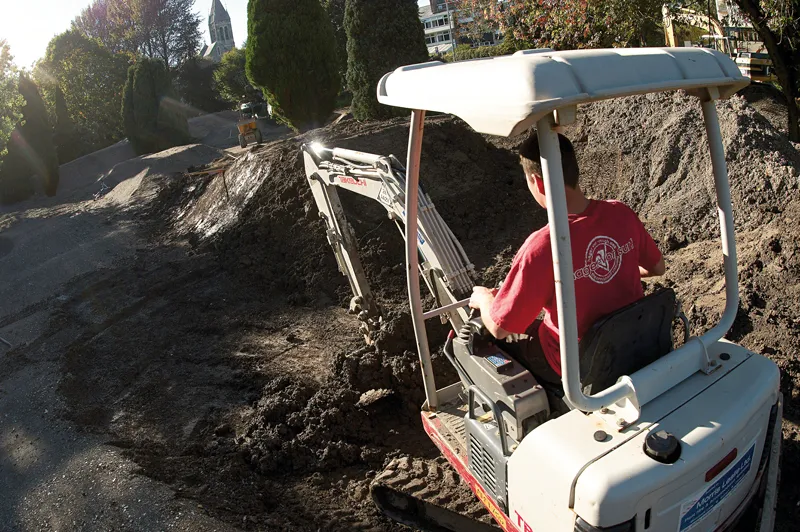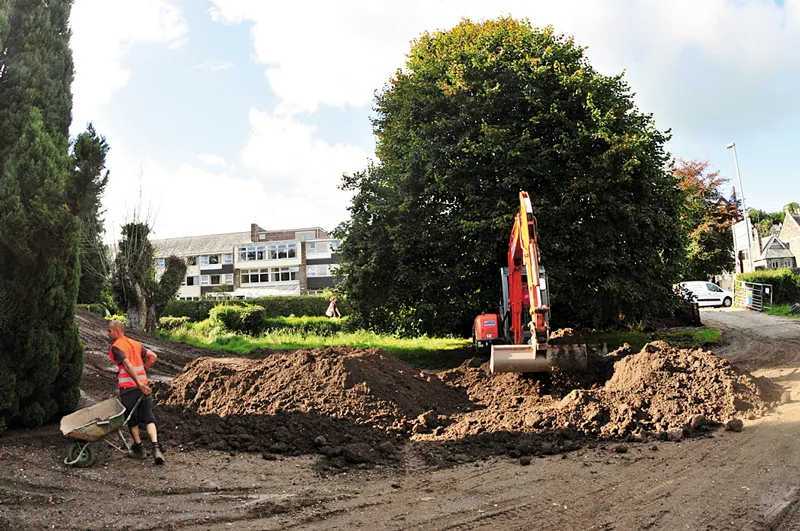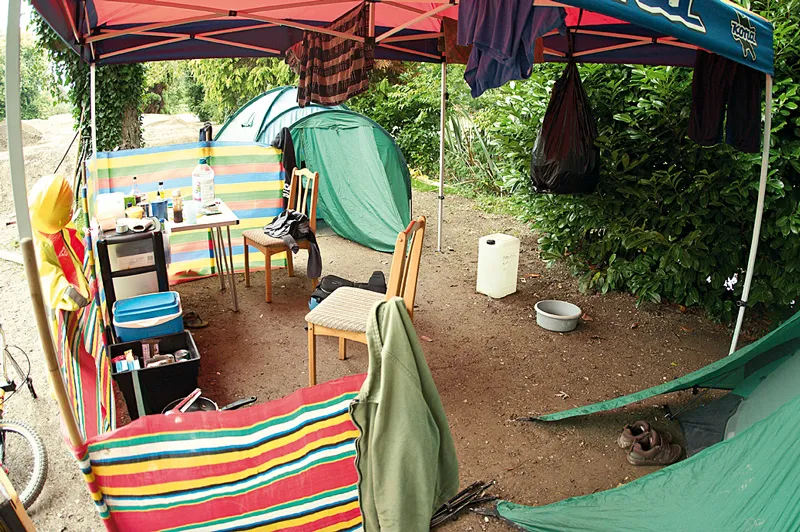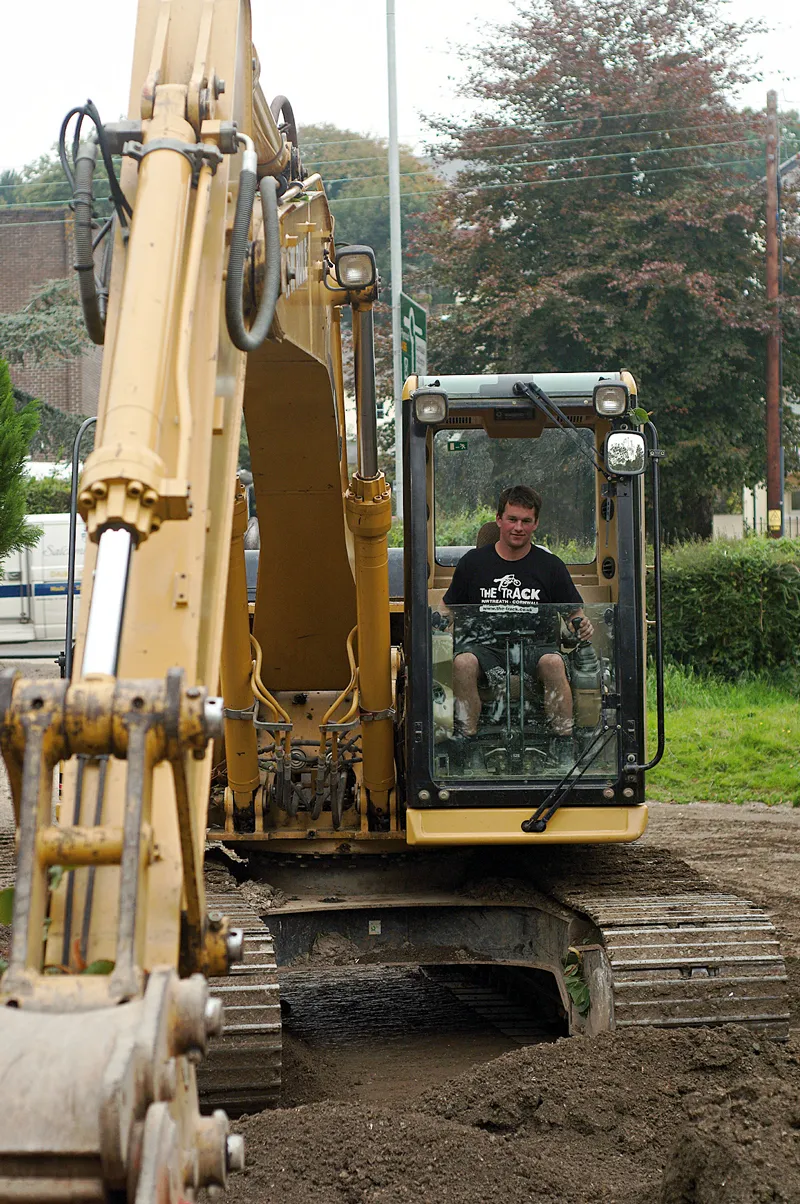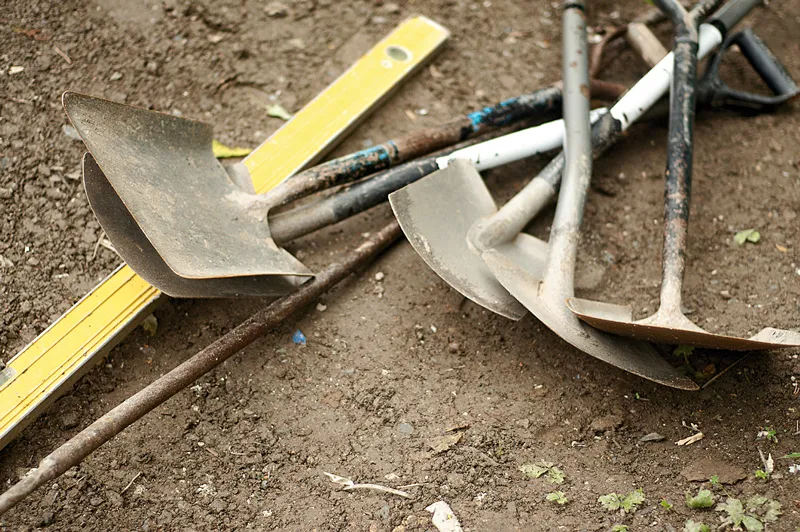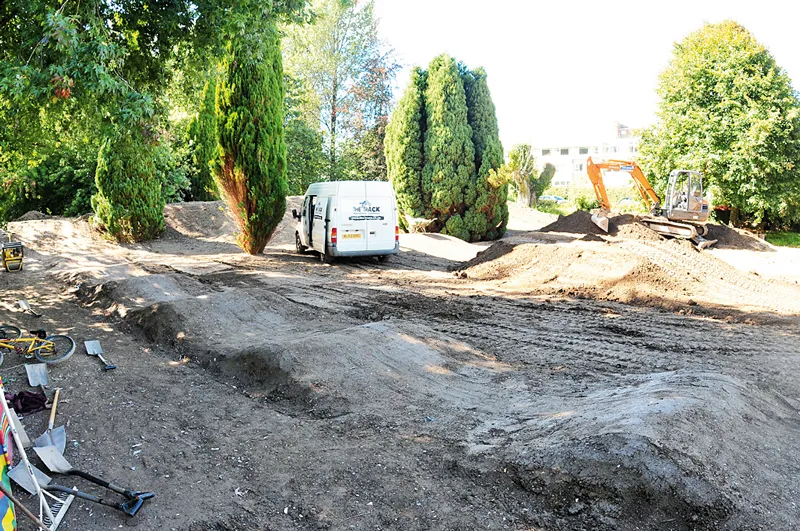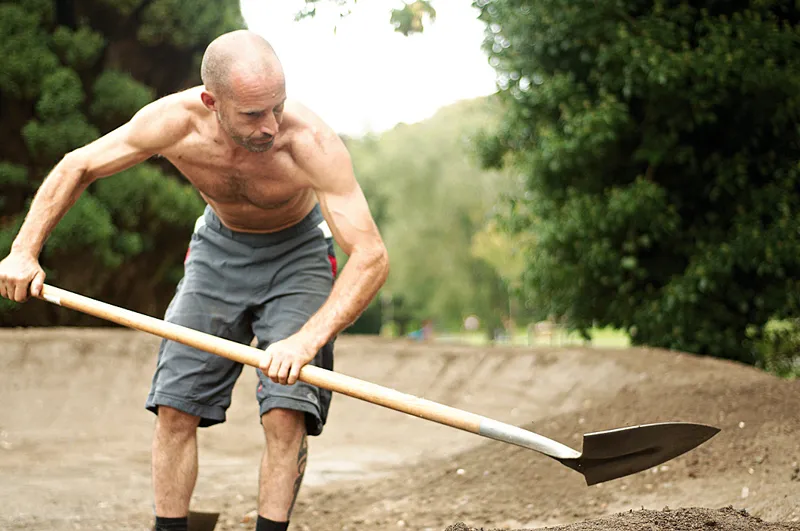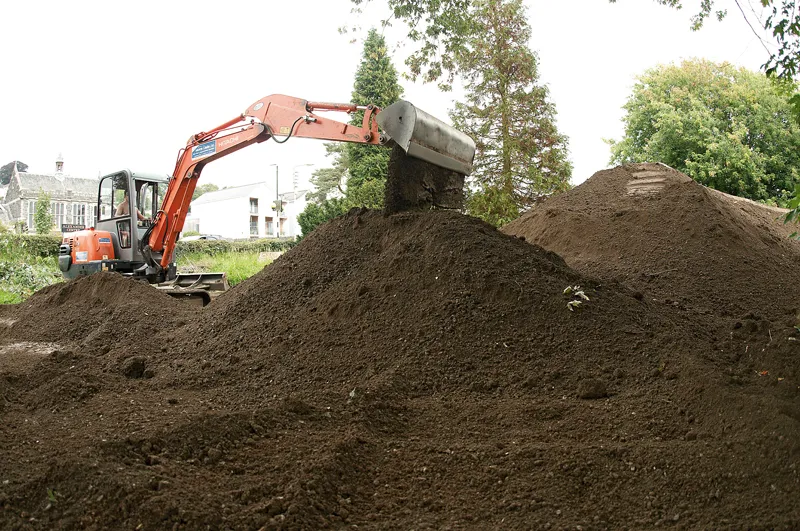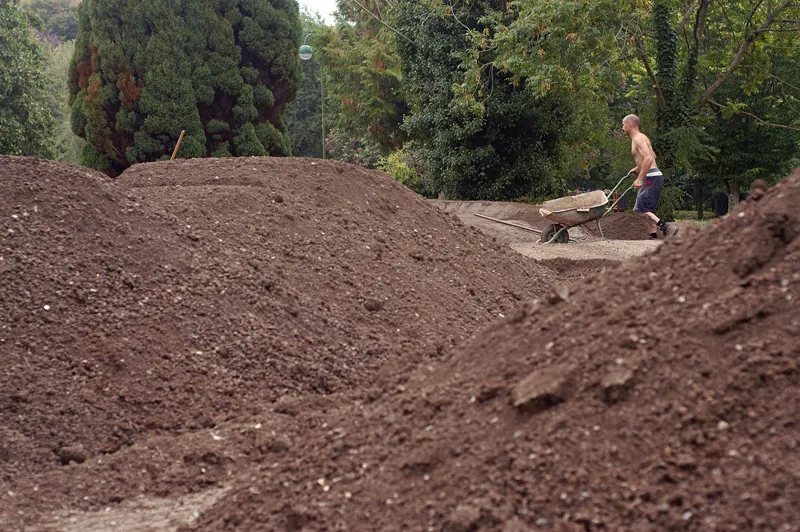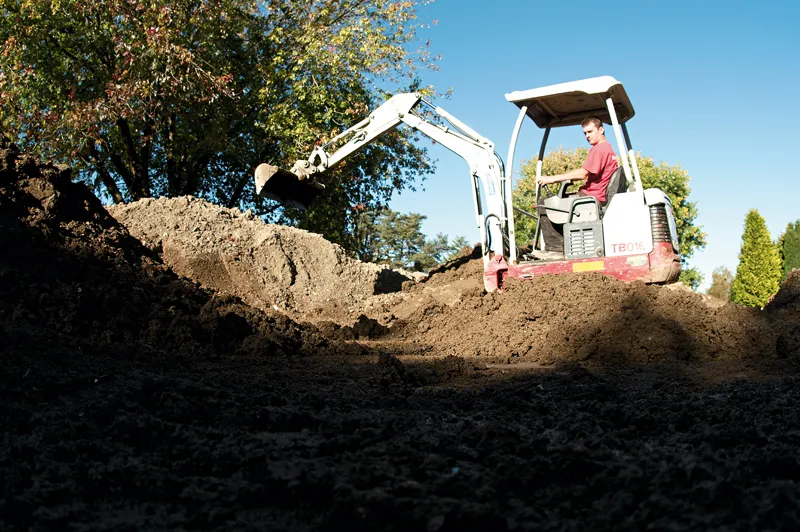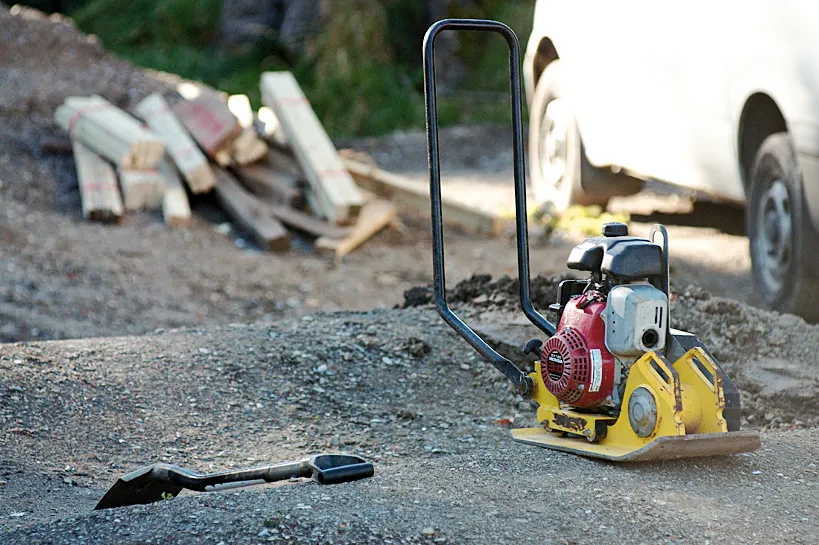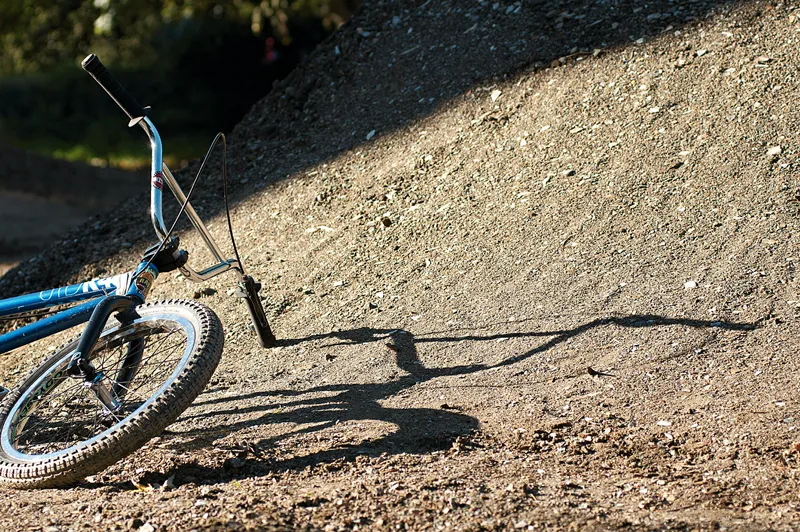Having dirt jumps torn down is never good. But get the authorities on side and you could end up with a jump spot for life. Jacob Gibbins explains how to do it all above board.
We can work it out
Building jump trails has always been a bit of a gamble. You build some jumps with a few mates, on some land that’s only ever used by five people to walk their dogs on. Within a month you have a whole line working. Then someone who owns the land comes in with a digger to rip down your beautiful hard work for reasons you just can’t get your head around. Sound familiar?
This is what happened to me and my fellow riders three years ago. We made some jumps in Tavistock, Devon, and we had a great summer riding them with our mates. Then we got some complaints from dog walkers and people just walking by them, and our jumps got torn down by the council. Instead of just sitting back and accepting it, we asked them, “Okay, so if we can’t make them here, where can we make them?”
That stumped them. But they told us that if we could come up with a plan, a club and a real way of making them happen, we could talk. And that’s how the idea to do this arose, and how we went from having a few piles of dirt sculpted into jumps, to having a huge council-funded dirt park in our town’s park. It wasn’t quite as simple as that sounds though. There were a lot of steps that we had to go through in order to make it all happen…
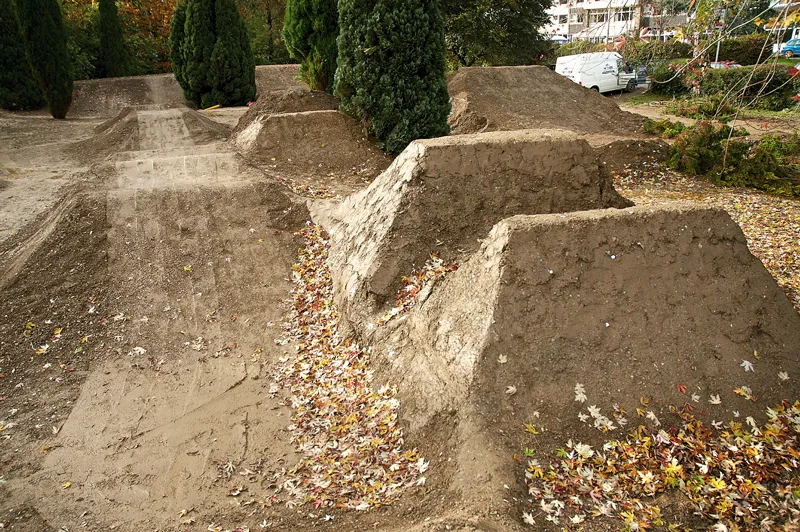
Getting an official jump spot set up isn't easy, but it's well worth it in the long-run
1 Team up
The crucial thing was to get a small group of five or so local riders who had the time and the drive to really make this happen. We had to be able to give up evenings to go to meetings, spend long days digging at the jumps once we'd got them (which we knew we would), and so on.
2 United we stand
We got some responsible adults on our side. The local youth café/club agreed to have their names on all the legal stuff – the insurance, the lease, that sort of thing. Tavistock is known in the UK mountain bike scene for being near to Gawton, so we also teamed up with the Woodland Riders downhill club who run Gawton, and used their 300-strong membership list to put some weight and numbers behind our case.
3 Put pen to paper
Next we put a plan together, and got it down on paper. We drew plans of how we wanted the jumps to look, and thought about funding and possible places for the jumps to go. Who will build and maintain the jumps? How would we avoid disturbing residents? And what about health and safety? We got all this sorted, and put our initial plans to the council. We took their feedback and made all the bits they moaned about better.
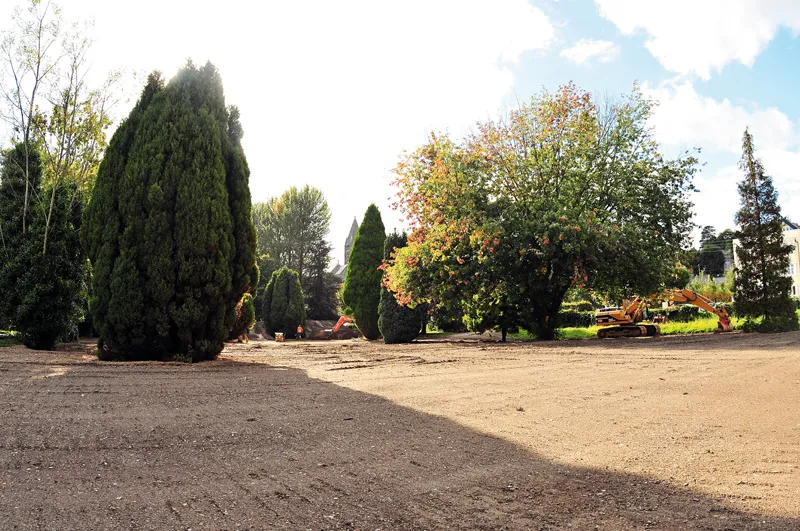
After months of meetings, persuasion and sourcing funding, we had a new spot for our jumps – totally legit
4 Land some land
At this point, the council gave us a few options for plots of land that we could build on. They were all around the edge of town, so we all went out to all the sites, to see whether they would work. We saw a lot that weren’t quite right, but we kept looking. Once we had a plot of land that we and the council agreed on we could really get things moving.
5 Meet your public
This is the stage where meetings came in, both with the council and the public. We booked out the local cinema/theatre for a day, got some ramps outside to do demos on, and invited everyone who lived within 10 minutes’ walk of the proposed site to attend, by hand-posting letters through each of their letterboxes.
We put on suits to look less scallyish and as respectable as possible, and made sure we had answers to all the possible questions they could ask and solutions to all the possible problems they could forsee. For us, the meeting went well and only a few residents didn't want it to happen. In the land of the majority rule, we were on!
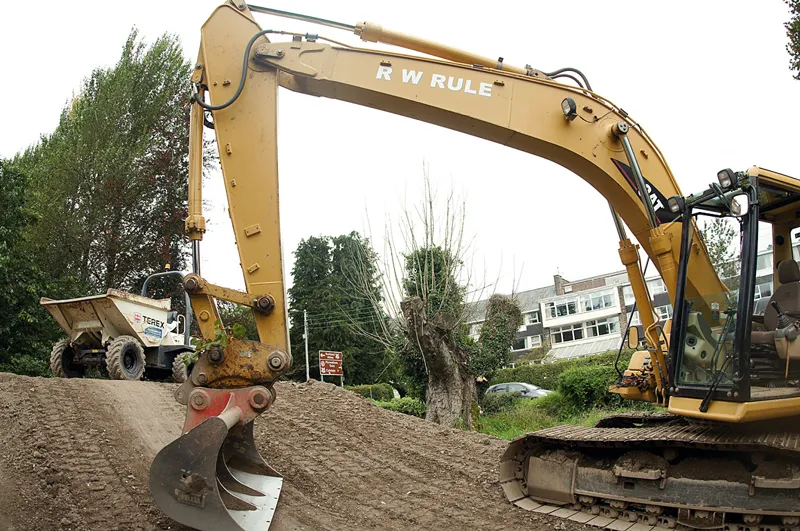
See those houses? We made sure the people living in them were happy with us building here
6 Money money money
Now we needed to get some serious money behind us to make this go from an idea to piles of dirt we could ride. We wrote off to some funding bodies with our proposals – the youth cafe pointed us towards such people as Sport England and the Youth Sport Trust.
We spent an afternoon filling in and sending off the forms and sending them off with the letters to prove we had the council on our side. A month or so later they came back positive – in total we had £30,000 to get the jumps built with.
7 Manpower
Cash secured, we needed someone to build our jumps. There are a few different companies who do this kind of work – a quick Google search revealed them. The two main people we considered were Back On Track and Steve Tonkin – we chose Steve Tonkin.
He's the man behind The Track, at Portreath in Cornwall. We thought that was good enough for our project! As you can see from the photos in our image gallery, he'd been on site for a few weeks at the time of writing, and the jumps were nearing completion. By the time you read this, they’ll be open.
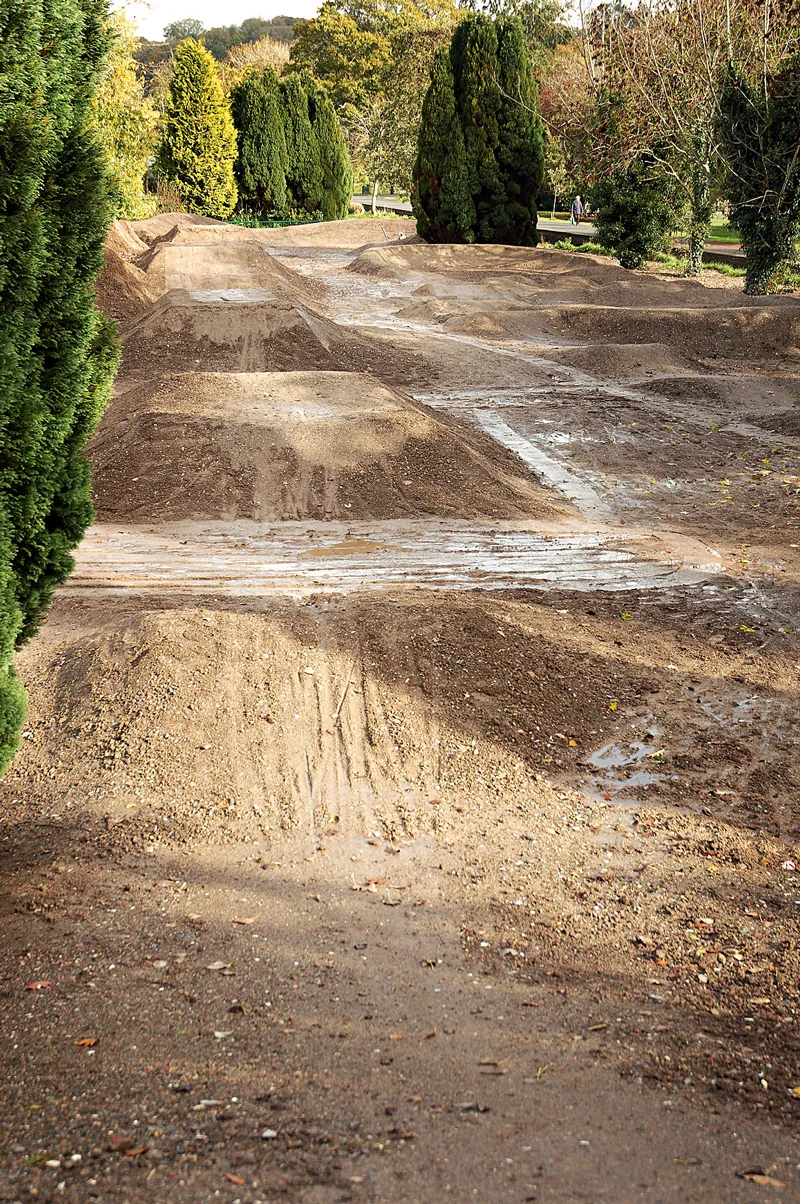
Nearly finished! And this time, no one’s going to have them knocked down
So you see, with a few good ideas and some common sense it is possible to get a good dirt jump park going in your own town. If you use these steps, a good town council should give you all the support they can So get out there, get some people together and get the ball – or wheels – rolling.
